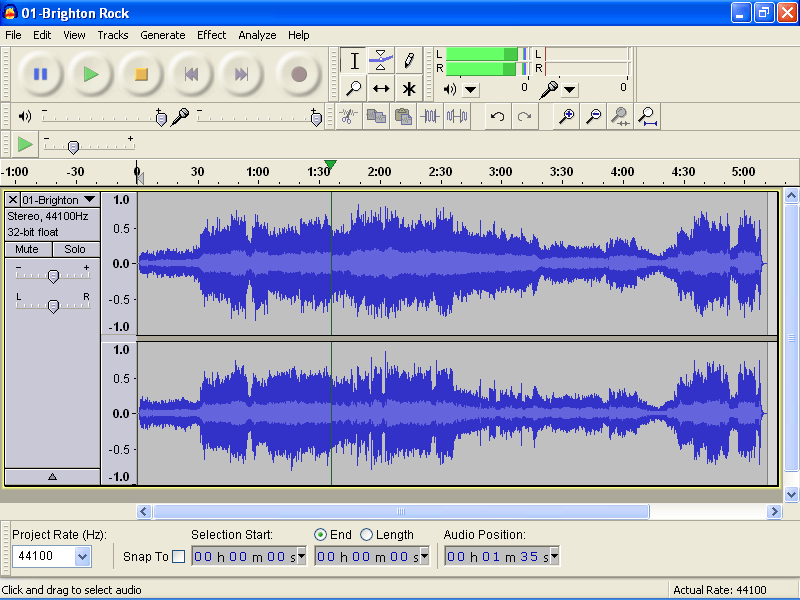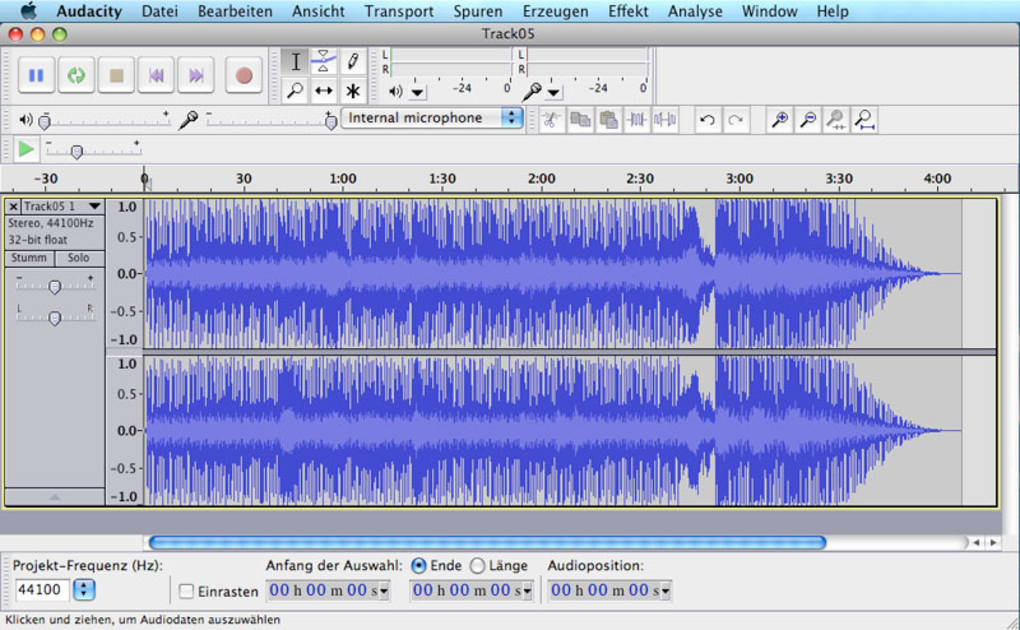

Sure, some artists and bands have released music they created with GarageBand, and some of it turned out quite good too.

Now, we don’t want to talk it up too much. Of all the Digital Audio Workstations out there, it’s one of the least complex and easiest to use, though with just enough sophistication to make it powerful – not just for sketching out track ideas and pre-production, but also for making professional grade demos. What makes GarageBand so great is that it’s simple and fun, especially with its color coded tracks. To be fair, their virtual effects and instruments have always been quite good (in my humble opinion). What was originally a simple loop and sample mixing station (making music production and beat making more accessible to anyone), has grown into a full recording, mixing, and mastering suite. And over time, it has only become more powerful.

IOS generally comes bundled with this little piece of kit – GarageBand. It would seem they were successful in instilling that image among consumers – Apples are now favored by writers, web developers, graphic designers, and videographers alike! One solution, suggested by some users, is to have several programmable macro plugins that could be called upon in different situations.GarageBand for Mac was originally released in 2004, when Apple was making a serious push towards appealing to the artistic and creative. If the new version of Audacity is aiming for full digital audio workstation (DAW) functionality it wouldn’t be too difficult to automate this area. This will progressively remove the noise, as long as you can find a section with just that noise. You can then repeatedly click ‘noise reduction’. Within the app itself noise removal and repair allows you to clean up audio by selecting a piece with only the noise you want removed to get the ‘noise profile’.

This only works for spoken-word recording, however. The ‘get more effects’ for noise removal and repair takes you to NVIDIA Broadcast which only works on Windows machines with a NVIDIA RTX GPU.


 0 kommentar(er)
0 kommentar(er)
